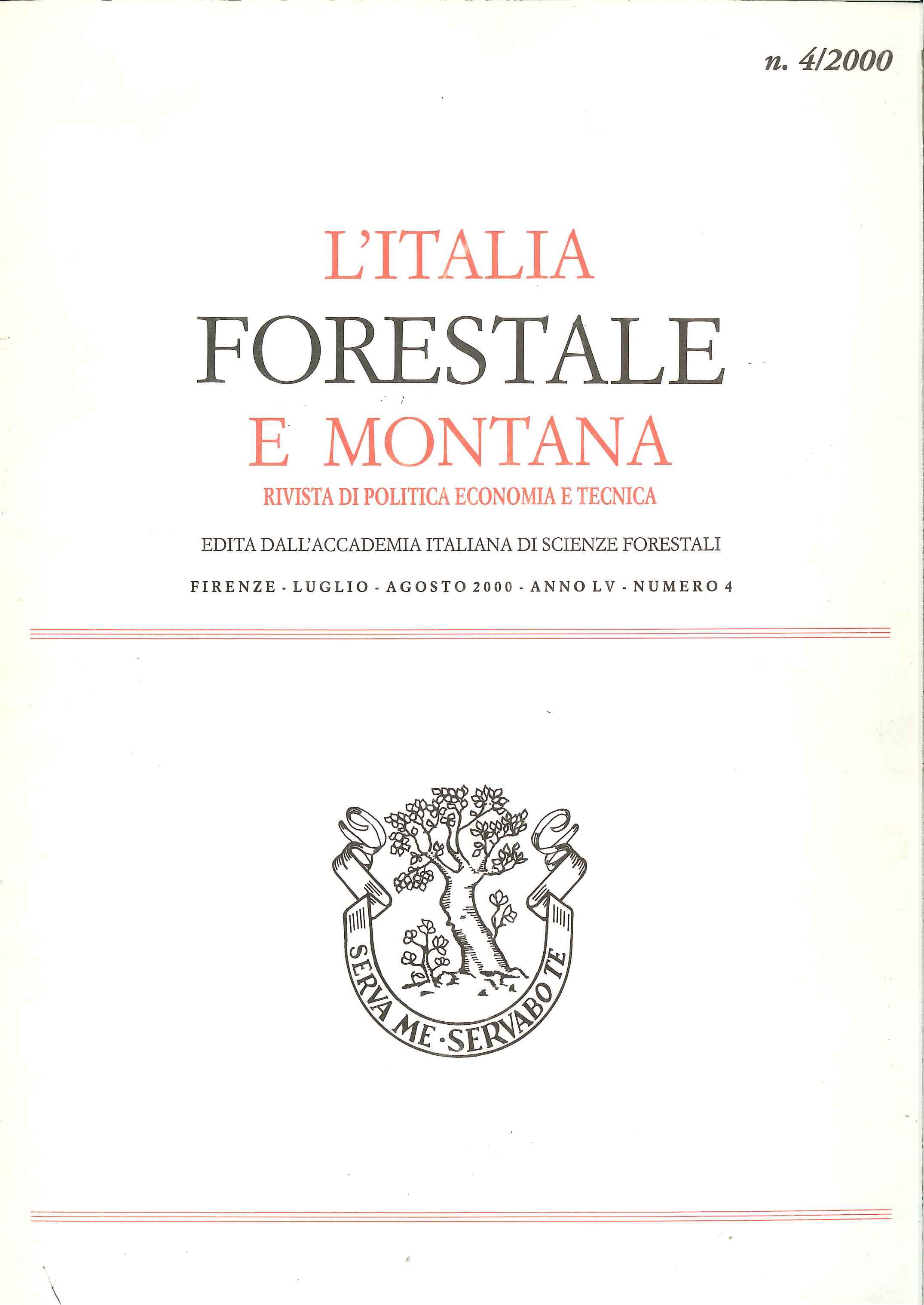The health status of the woods and forest trees of Tuscany (1981-2000) Second contribution: analysis and perspectives of control and research
Published 2013-06-17
Copyright (c) 2013 Italian Journal of Forest and Mountain Environments

This work is licensed under a Creative Commons Attribution-NonCommercial 4.0 International License.
Abstract
During the decade 1981-1990, the taxonomy and distribution of Armillaria, a deadly agent of conifer and broad-leaved species root rot, were fully clarified. As regards the other agent of conifer root rot, Heterobasidion annosum, three intersterile groups specific to Spruce, Pine and silver fir were identified. During this same period the scientific community was also faced with the increasing problem of oak decline. This phenomenon would become severe in subsequent decades, sparking a large number of studies by specialists with different ranges of expertise, as required in order to address such a complex process. Finally, over the last decade (1991-2000), new organisms have been reported, but above all, intense research efforts have been directed to defining the role played by weakness-inducing fungal micro-organisms, with endophytic behavior, in the evolution of decline phenomena in oak forests. A major step has been the successful laboratory rearing of biotrophic organisms such as the agents of Pine rust. This has allowed application of molecular techniques to these organisms, facilitating more exhaustive taxonomic studies and early diagnosis. «Specific primers» for Cronartium flaccidum have been devised. During this same decade, the hypothesis of a relation between phytoplasmas and stress factors has been confirmed. Finally, in-depth studies on physiology have ascertained the identity of toxic metabolites secreted by fungal organisms and have clarified their role in disease development: for example, cerato-ulmina by Ceratocystis (Graphium) ulmi and ceratoplatanina by Ceratocystis fimbriata f. sp. platani. These findings point to various ways of addressing the problems of our forests; in particular, they clearly show that the crucial need for close cooperation between specialists with different ranges of expertise, but above all between forest pathologists and forest farmers, can be delayed no longer.

